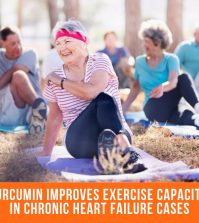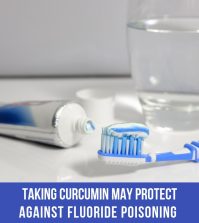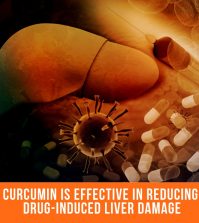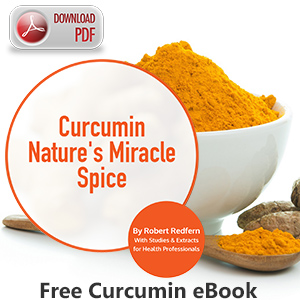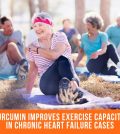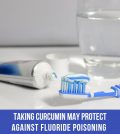Curcumin and Curcuminoids
Curcumin and curcuminoids are very closely related as Curcumin is the primary curcuminoid, or chemical compound found in the cherished Indian spice known as turmeric. Turmeric contains two other curcuminoids: desmethoxycurcumin and bis-desmethoxycurcumin. There has been an increasing demand for the use of Curcumin and curcuminoids due to their biological activity. Fortunately, curcuminoids increase the ability of curcumin to dissolve, making it readily available for use in a supplemental form.
The Benefits of Curcumin and Curcuminoids
Taking Curcumin in the proper formula in adequate amounts supplementally can be beneficial in treating a multitude of ailments, including cancer and heart disease. Curcumin’s potent antioxidant properties inhibit and eliminate free radicals, halt the mutations in DNA related to cancer formation, and block the enzymes cancer needs to progress. Curcumin is protective in preventing heart disease and strokes by inhibiting the build-up of plaque in the arteries, including the arteries that provide the brain with essential oxygen and nutrients.
Recent studies are encouraging with benefits in the areas of:
Alzheimer’s Disease • Arthritis • Kidney-Disease • Thinning the Blood• Liver Disease • Inflammation • Viruses
Turmeric, Curcumin and Curcuminoids
The qualities and characteristics that belong to Curcumin and curcuminoids originate with turmeric, which has been used for thousands of years by the women of India externally as well as internally. Externally, turmeric is used to give them beautiful, blemish-free, ageless skin.
The paste made from turmeric can also be utilized as a poultice. Preparing the poultice is as simple as adding a little hot water to the turmeric and applying the paste to a gauze dressing. The turmeric poultice can be helpful for healing fractures, bruises, and reducing inflammation.
Whether used to prevent or treat diseases already present in the body or facilitate healing from the outside, Curcumin and curcuminoids can play a substantial role in healthcare.
References
Jayaprakasha GK, Rao LJ, Sakariah KK (2006). “Antioxidant activities of curcumin, demethoxycurcumin and bisdemethoxycurcumin”. Food Chemistry 98 (4): 720–4.
Balch, CNC, Phyllis A. Prescription for Herbal Healing. New York, NY: Avery, 2002.


